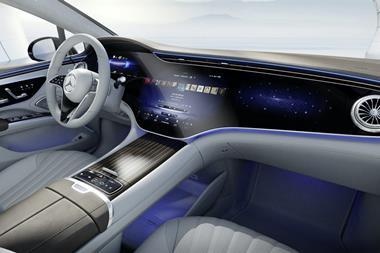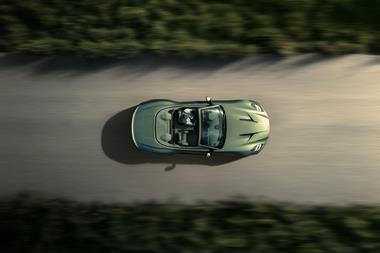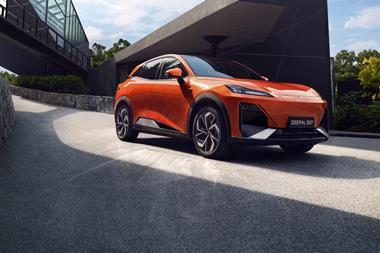Italian company Miko specializes in the development and production of Dinamica, a high quality ecological microfiber that can be used for anything from car door panels or upholstery to fashion accessories. The faux suede material is produced from a combination of recycled polyester and polyurethane fibers, and is also 100 percent recyclable at the end of its lifecycle.
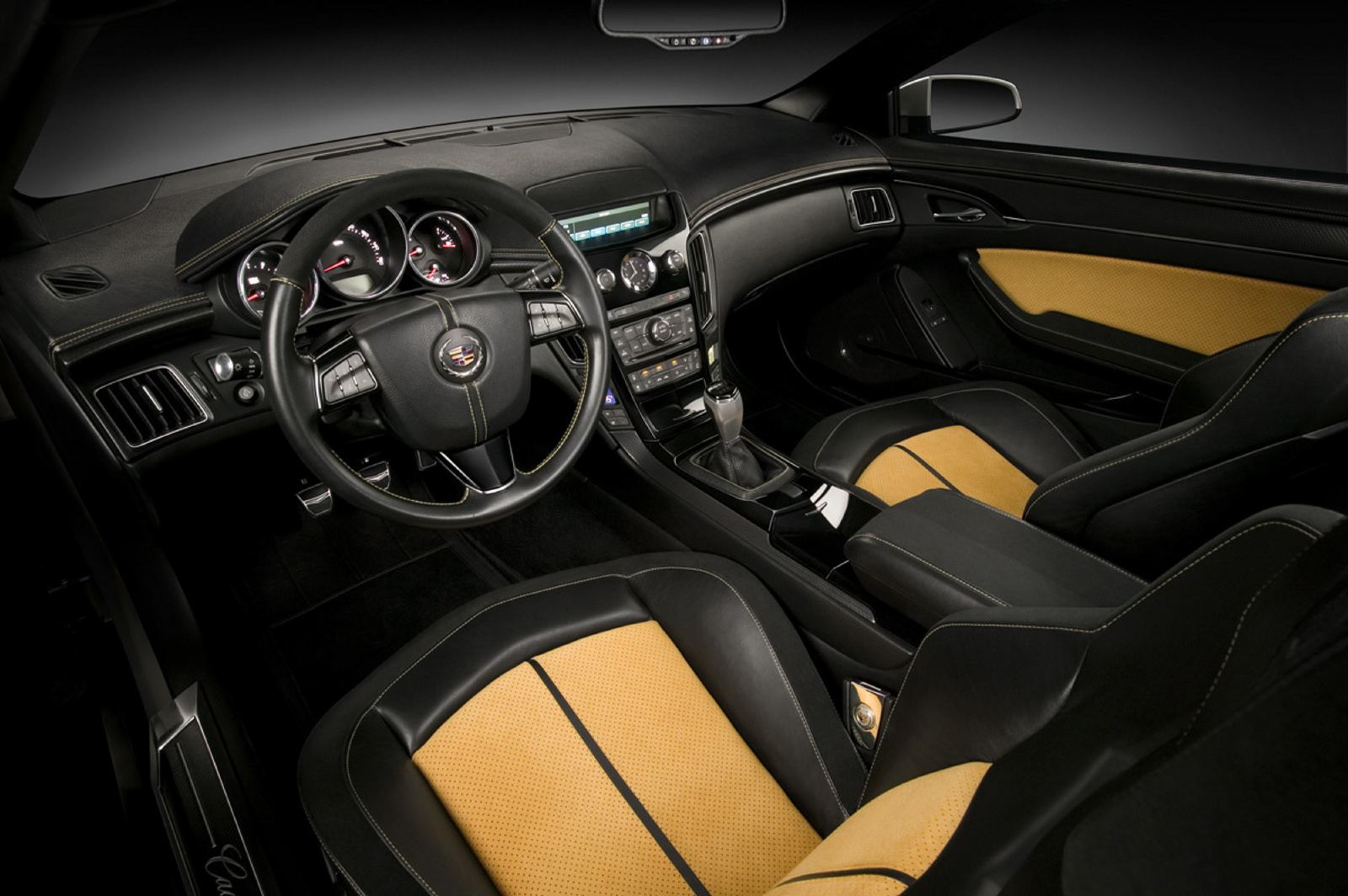
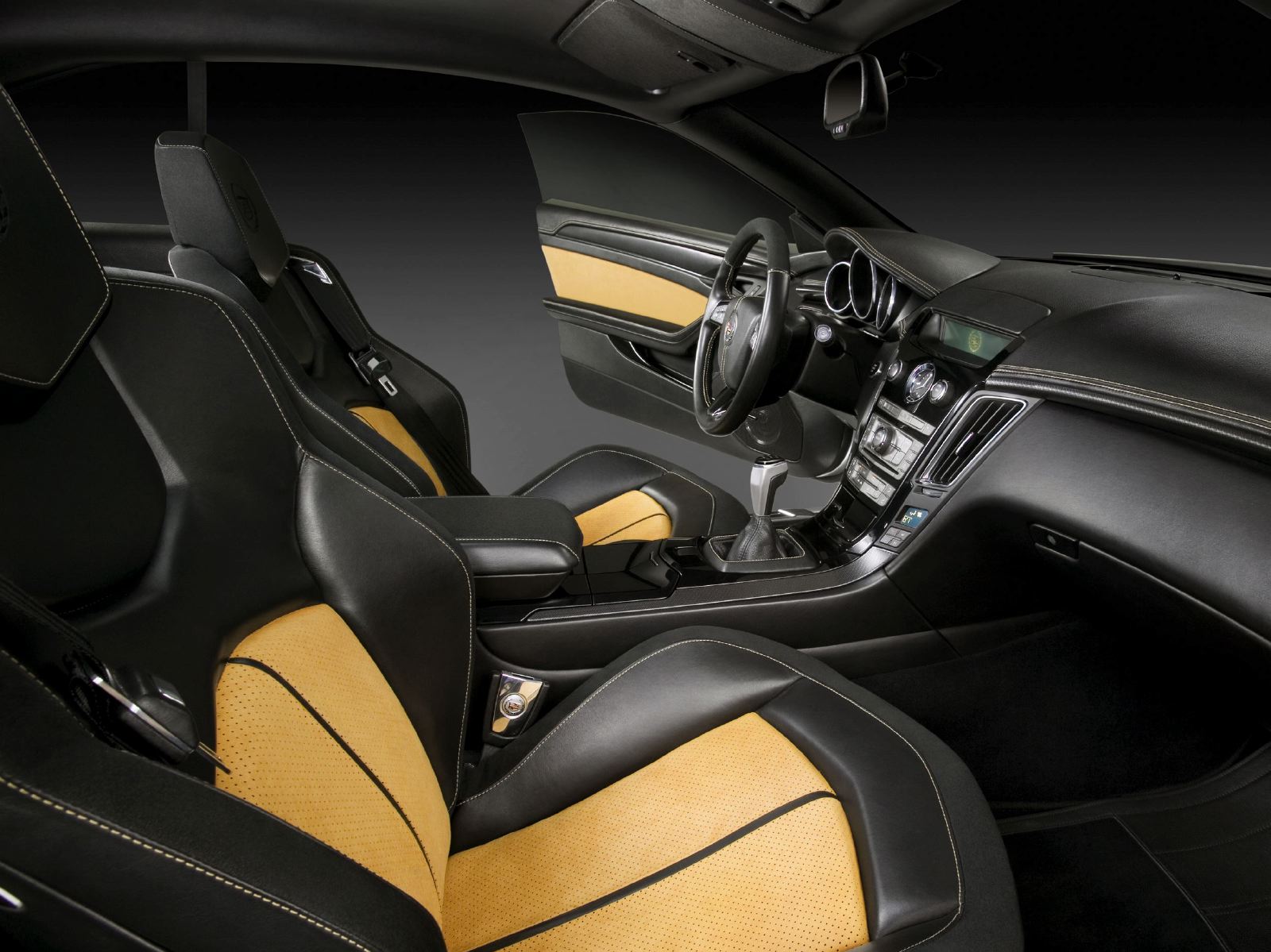
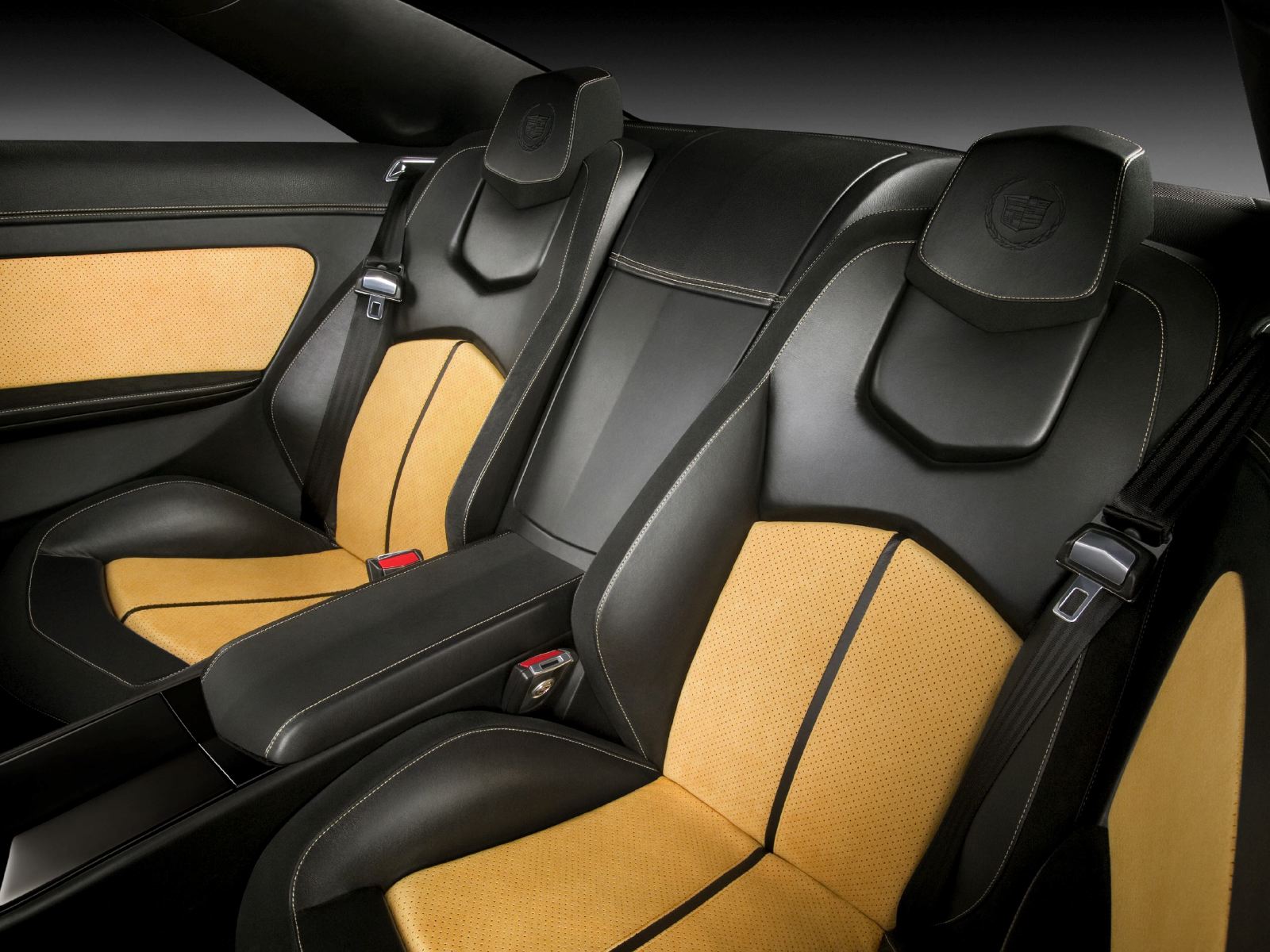

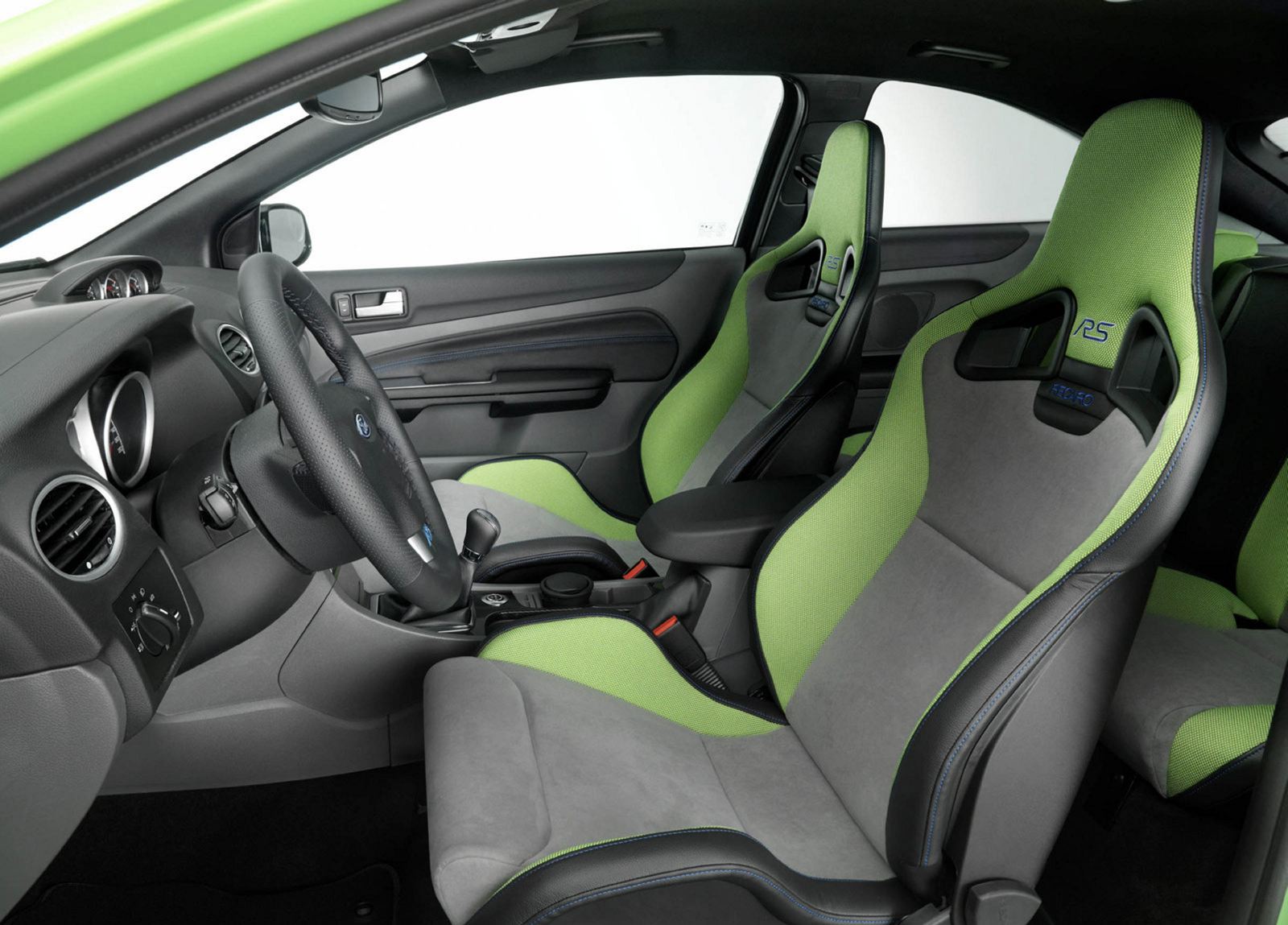
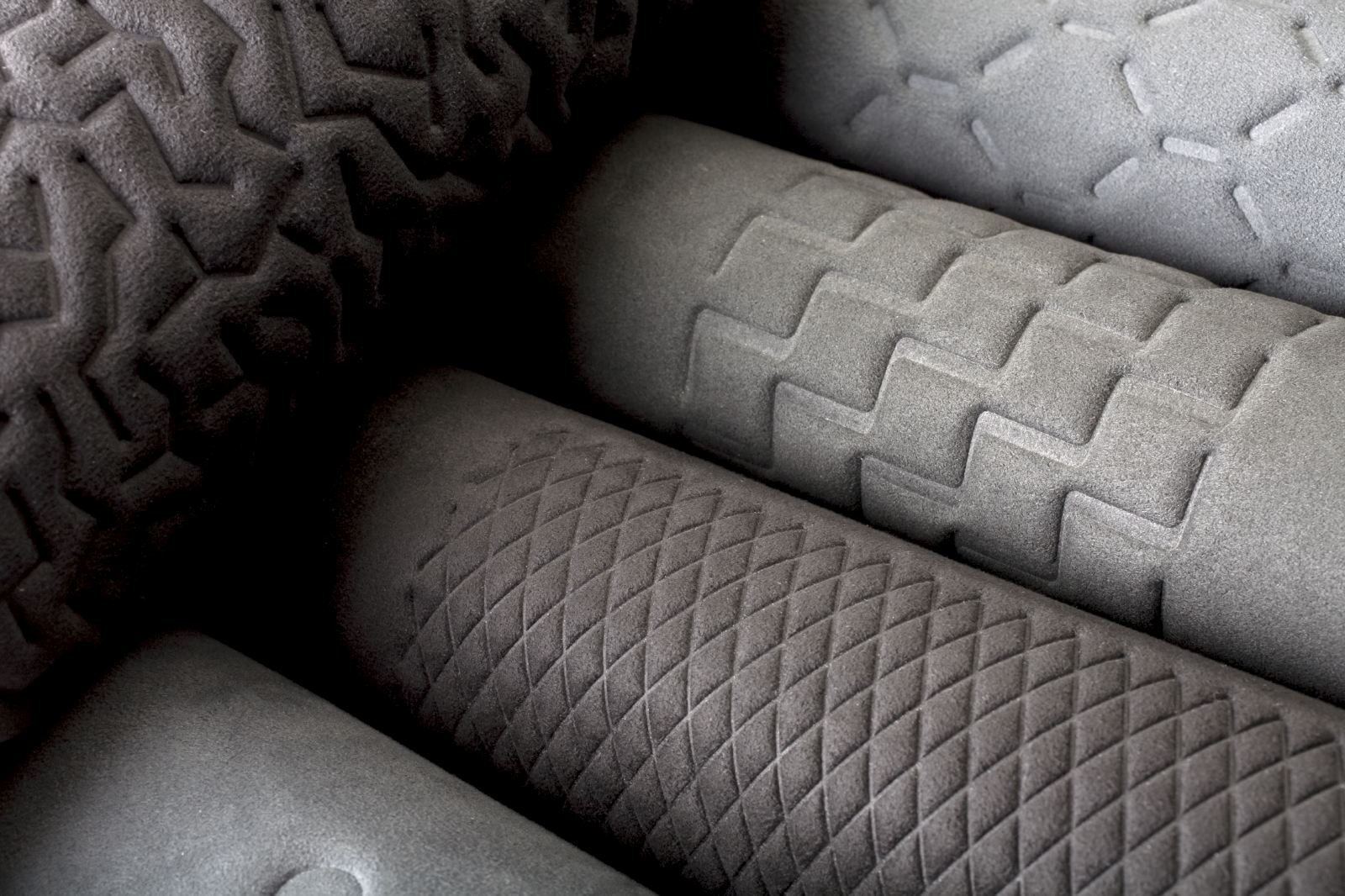
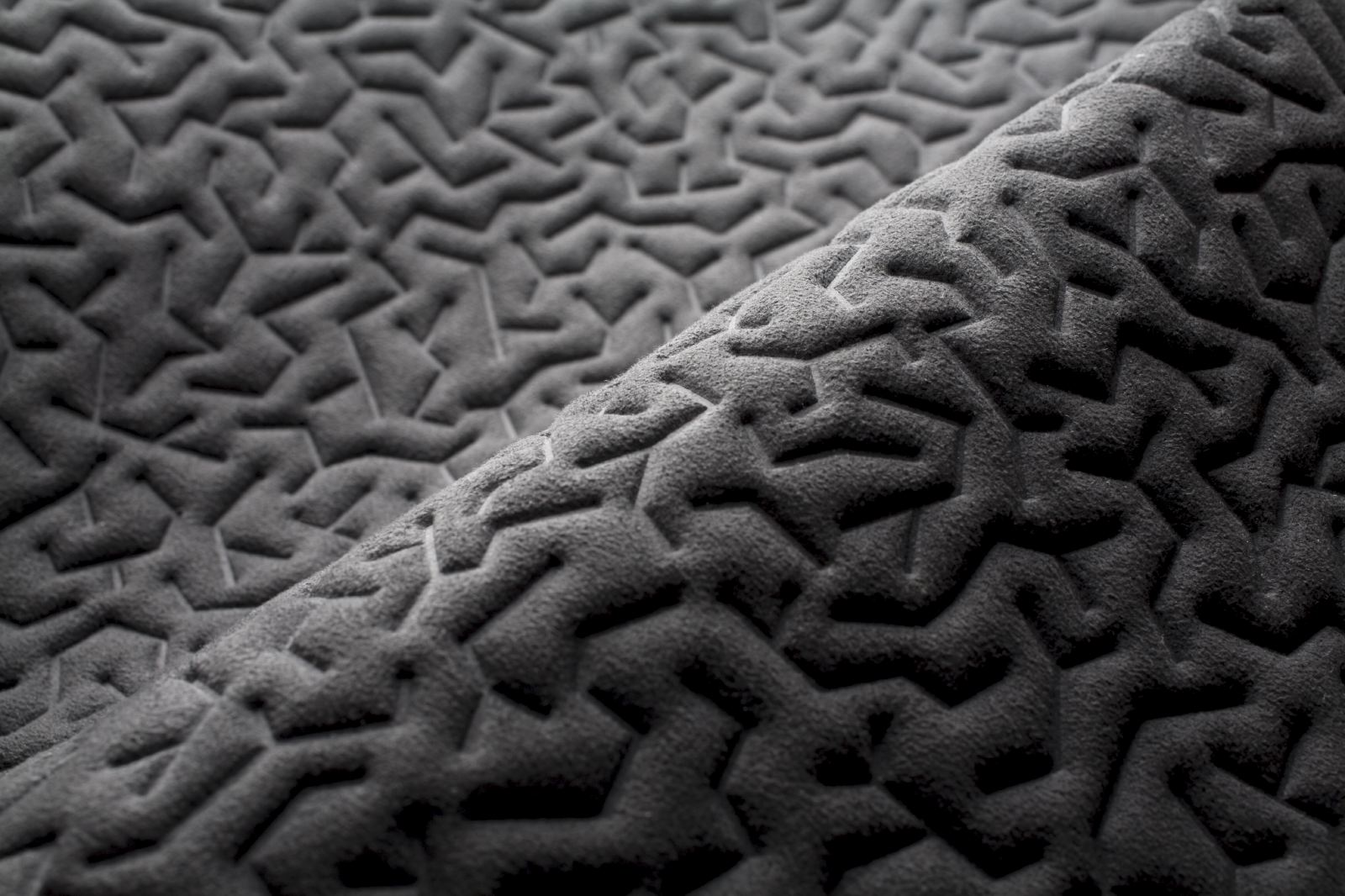

Italian company Miko specializes in the development and production of Dinamica, a high quality ecological microfiber that can be used for anything from car door panels or upholstery to fashion accessories. The faux suede material is produced from a combination of recycled polyester and polyurethane fibers, and is also 100 percent recyclable at the end of its lifecycle.
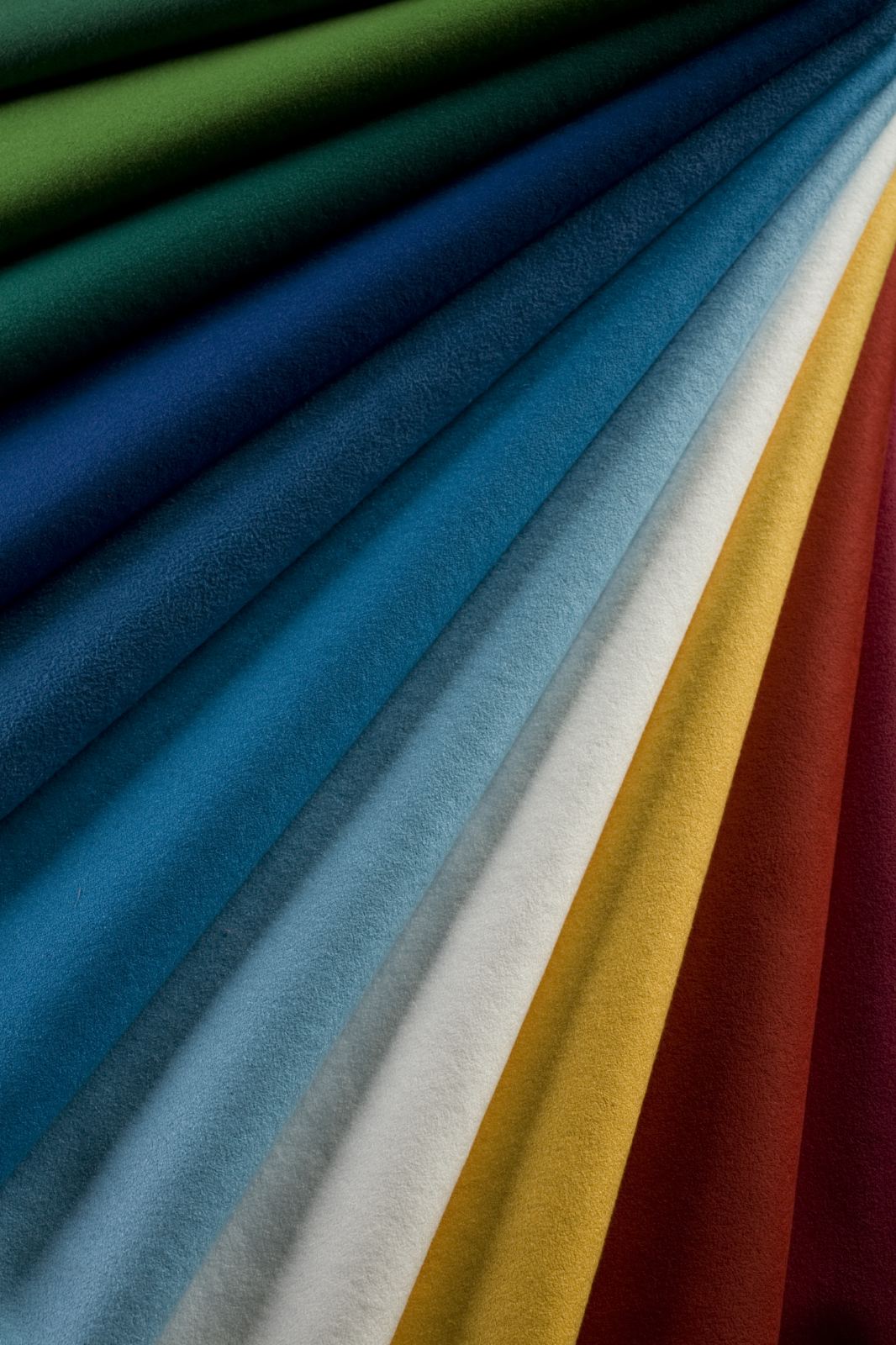
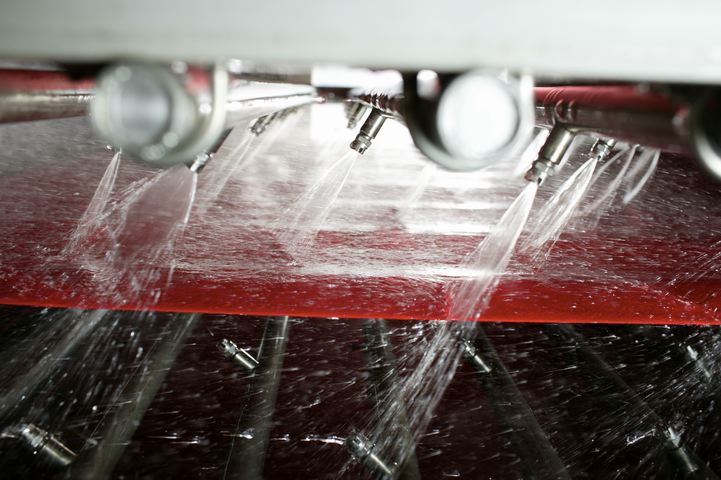
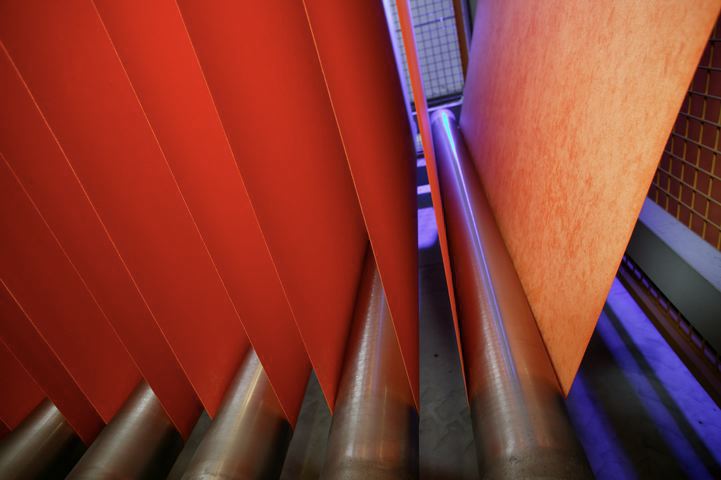
Lorenzo Terraneo, CEO of Miko, says: “Our priority has always been to invest in the research and development of recycled and eco-compatible materials with special characteristics that go far beyond existing qualitative standards.”
It is a testament to Terraneo’s commitment that his company achieved its early aspirations and eco credentials long before concern for the environment and the reduction of carbon emissions was high on the political agenda or prevalent in the public conscience.
Established in 1997 in Gorizia in north eastern Italy, Miko combines its scientific research and technology with Japanese industrial giant Asahi Kasei - a partner and minority shareholder. Asahi Kasei takes care of the recycling process and water-based manufacturing cycle and is Miko’s main supplier of raw material. Miko subsequently creates and develops the Dinamica ecological microfiber in its own state-of-the-art R&D laboratory.
Initially, recycled plastic may not seem a likely material to provide softness, comfort and quality. Yet, the unique characteristics of Dinamica have long been endorsed by international luxury brands including Gucci, Louis Vuitton and Armani.
And it’s not just established fashion houses that recognize the technical qualities and aesthetic features of Miko’s microfiber material. The company produces over 600,000 meters of Dinamica every year and is able to adapt the product to its various markets which also include automotive, furniture upholstery, aviation, marine, outdoor and medical. It results in an average turnover of 10-12 million Euros (US$13-17 million) a year for the company.
Terraneo has focused on developing materials for the automotive sector since 2002 and now half the company’s turnover is attributable to this market with its tailored products Dinamica Auto and Dinamica Auto Stretch.
Leading car manufacturers have relied on the material to add a luxury feel and elegant look to their vehicle interiors. Dinamica Auto is usually applied to seats and backrests, and Dinamica Auto Stretch, with increased stretchability, proves ideal for areas such as door panels, pillars and roof lining. The fabric also has an anti-slip grip quality and can therefore be used on steering wheels, gear shifts and hand brakes.
At the 2010 Detroit Auto Show, the new Cadillac CTS-V Coupe was sporting Dinamica - in a bright saffron color - on its seat inserts and door panels. And Miko’s microfiber material can also be seen in the interiors of the current BMW 7 series, Ford Focus RS, Mercedes E Class, Citroën C4 Picasso, and VW’s Golf R and Scirocco R.
Supercars also receive the treatment: the limited edition Nobel M600 launched last year features Dinamica. “Nobel chose our material,” says Terraneo, “because it was really keen to develop a supercar that featured green technology.”
But Terraneo has noticed a shift in demand for Dinamica. “Originally, this type of suede material was typically being ordered for big sedans from car makers such as Mercedes, Audi or BMW. But there’s now an increasing tendency by car makers to add it to the interiors of small cars,” he explains. “They’re responding to a growing demand by the market for inexpensive small cars… but featuring luxury interiors.”
Dinamica is extremely strong at critical points, such as seat edges and seams, and it also demonstrates remarkable lightfastness. It is highly wear-resistant and the microfibers are totally pilling-free (so even after extensive use, unsightly small bobbles don’t build up on the fabric). The microfiber provides softness, elasticity and breathability, and because it is waterproof, it also proves resistant to stains.
Topics
Miko’s high performance material with an ecological edge
- 1
 Currently reading
Currently readingMiko’s high performance material with an ecological edge
- 2

































